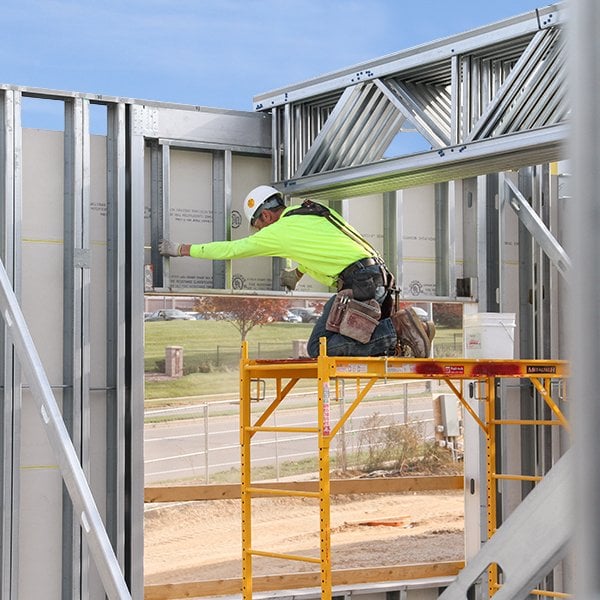Prefab construction is a building technique that uses pre-manufactured components to create buildings quickly and efficiently. This method has become increasingly popular in recent years as it allows for quick and easy adjustments to changes in the design of the building, eliminates waste during construction, and lowers costs overall.
When you think about prefab construction, then you may check here Wall-tech.

Image Source: Google
With prefab construction, a builder can purchase components in bulk and build the structure on-site. This makes the process more efficient and cuts down on the time needed to construct a building. Prefabricated components are also typically designed to last longer than traditional construction methods, which means you can save money in the long run by using prefab instead of traditional construction methods.
There are a few things you’ll need before starting out with prefab construction: a plan, a contractor, and some pieces of equipment. You can find plans online or at your local home improvement store. Make sure to get an accurate plan so you know what size your structure will be once it’s finished. A contractor can help you put together all of the pieces and assemble them onto your site, saving you time and energy.
Benefits of Prefab Construction
1-Speed of assembly – Prefab buildings are usually assembled quickly on site using simple tools and equipment. This means that construction can start immediately and there is little chance for delays or setbacks.
2-Ease of maintenance – Prefab buildings typically use fewer parts than traditional homes, which makes them easier to maintain and repair. There is also usually less structural support required, which reduces the chances of damage during an event like a hurricane or earthquake.
